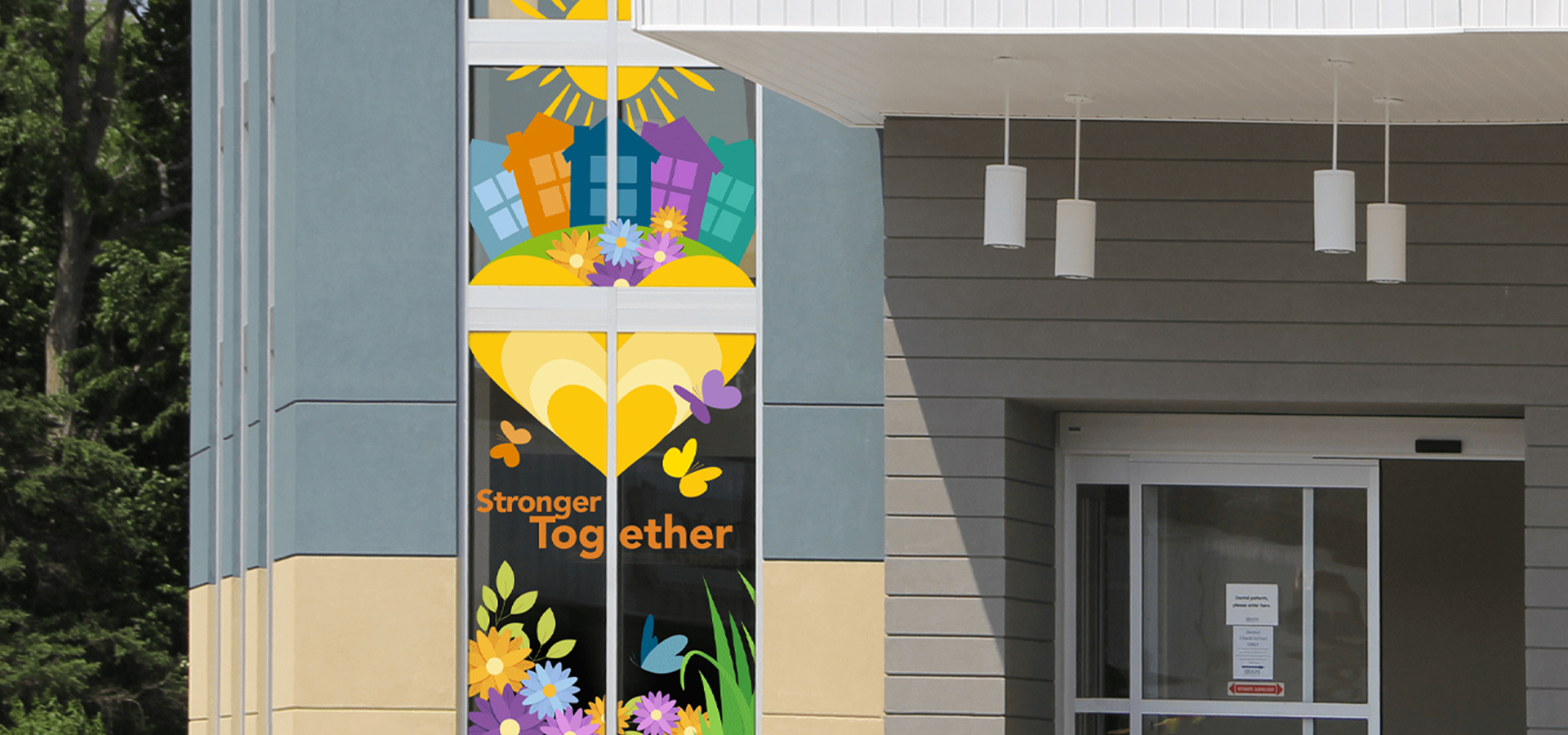LOCAL
‘Creating a crisis for residents’: Dentist shortage causes problems in Eastern Connecticut
Matt Grahn
Norwich Bulletin
While many things have been recovering from the COVID-19 pandemic, one thing yet to recover is dental care.
New London, Windham and Tolland counties have the highest patient-to-dentist ratios in the state, meaning fewer dentists are responsible for more patients, according to the Connecticut Dental Health Partnership’s Oral Health Equity 2023 report.
“It’s a perfect storm in eastern Connecticut,” United Community & Family Services President and CEO Jennifer Granger said.
The pandemic meant people went to the dentist less frequently and individuals left the medical field. With more dentists and staff leaving the field offices closed or can see fewer patients. There are nearly 60% fewer dentists, hygienists, and dental assistants in the region, Granger said.
Delays in dental treatments cause more serious needs
For example, Dr. Lena Aglio, dental director for United Community and Family Services, started working for UCFS in 2019, left in 2021, and returned in November. During her first tenure, Aglio said there were seven dentists, five hygienists, and seven or eight assistants at the Norwich UCFS. They may have been constantly busy but were able to see a high volume of patients.
Now, there is only one other dentist, three hygienists, and two assistants. Dental services at UCFS Griswold have ended until further notice, she said.
Aglio and the other dentist at the center are only general dentists, which means they can’t handle some kinds of care, and the lack of referrals means that care has a long wait. For example, Aglio said she had a patient at the end of December say they had to wait six to nine months for a root canal, she said.
“That’s the difference between saving and losing the tooth, not to mention the pain,” Aglio said.
There have also been more dental emergencies, more ongoing dental issues, and patients concerned if Aglio and others will still be at UCFS the next time they need dental care, Aglio said.
“I feel like many days, it’s putting out fires rather than being able to give that comprehensive care that we want to give as general dentists,” she said.
Dental emergencies are also impacting hospitals. UCFS asked Hartford Healthcare to look into its data for dental emergencies and found there was a 41% increase in dental emergencies for Backus Hospital and a 27% increase for Windham Hospital in the past year, compared to pre-pandemic, Granger said.
Decreasing number of patients able to see dentists in Eastern Connecticut
Before the pandemic, federally qualified health centers across the state would see over 100,000 patients per year.
As of 2022, they only saw 88,188 patients, according to an October report by United Community and Family Services, Generations Family Health, and the Community Health and Wellness Center of Greater Torrington.
“This is creating a crisis for residents in this part of the state to access dental healthcare,” Aglio said.
The waitlist for United Community and Family Services’ dental services grew this year by more than 2,000%. In January 2023, the health center had a 67-person waitlist. It grew to over 1,400 in November, and private practices in the area are unwilling to take Medicaid referrals from UCFS, Aglio said.
How Medicaid makes treating patients harder
The Medicaid-accepting dental network in eastern Connecticut also decreased more than in other parts of the state creating a strain, Granger said.
For example in Norwich, United Community and Family Services, a federally qualified health center, is required to see all its patients, whereas private facilities can turn down prospective clients if they can’t pay, controlling their financial exposure.
Dentistry is an expensive field, as dentistry requires unique materials that aren’t used in other medical fields, said Aglio.
The health center is also reimbursed at a flat rate for Medicaid clients, as opposed to billing for however many services during the visit, said Aglio.
Compensation rates from Medicaid also leave a gap between what treatments cost a federally qualified health center and how much the health center is paid. As listed in the October report, the statewide average for a Medicaid reimbursement gap is $122.68 per visit. United Community and Family Services has a larger average gap at $166.87.
“I know what we pay per month to get the materials that we need, and when you compare that to what we’re able to be reimbursed, there’s a huge, huge difference,” she said.
There’s also the need to compete with private dental offices for talent, which are often better compensated for care than federally qualified health centers. People are Aglio said.
“It’s difficult to be able to afford these dentists who might make more money elsewhere,” she said.
Why dental care is important
Oral health is often connected to overall health, especially concerning cardiovascular disease. Untreated oral infections can spread to other parts of the body. Having a healthy smile can also impact people’s confidence and quality of life, Aglio said.
“What is the quality of life if you’re not able to eat your food,” she said.
What can be done about the crisis?
Multiple solutions are needed to help solve this challenge. One way is through partnering with state organizations, trade organizations, and colleges to encourage more recruitment of students and foreign-trained dentists into eastern Connecticut, Granger said.
There has also been communication shared with the federal Department of Social Services and with state legislators that better rates are needed for Medicaid reimbursement, and changes with pay regulations, and patent scheduling, especially as private provider rates have improved, Granger said.
“We’re looking to cover our costs,” she said. UCFS wants the public to call local legislators and advocate for eastern Connecticut and its access to dental care for Medicaid patients, Granger said.

